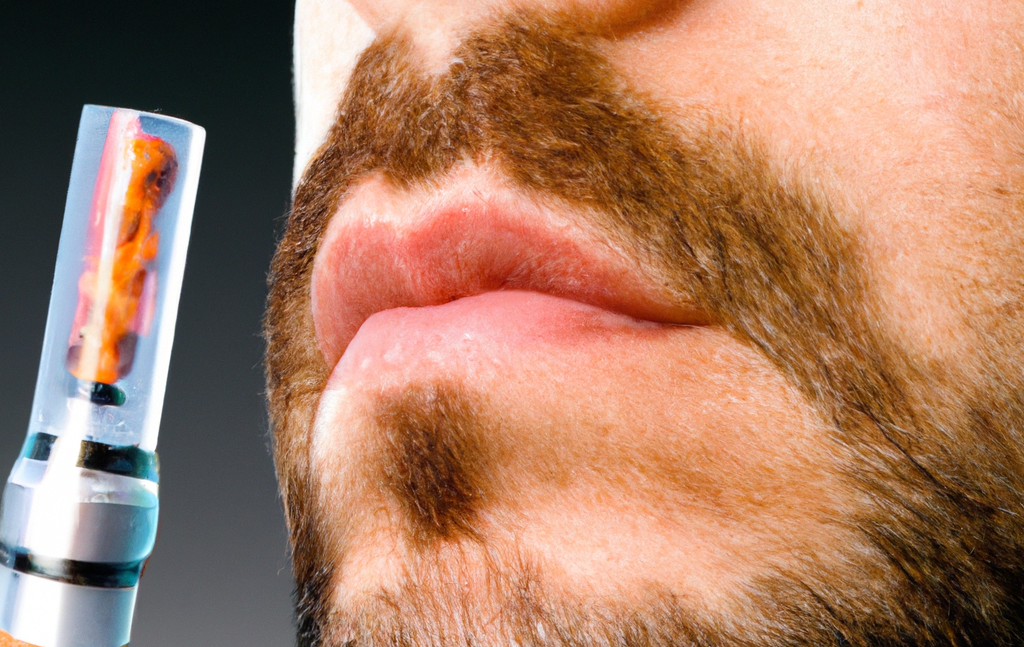When you quit smoking and start vaping, you are replacing one nicotine delivery system with another. Vaping involves inhaling an aerosol (commonly referred to as vapor) that is created by heating a liquid solution (known as e-juice or e-liquid) in an electronic cigarette or vape device. This liquid typically contains nicotine, flavorings, and other chemicals.
Here are some potential changes you might experience when you quit smoking and start vaping:
- Reduction in harmful chemicals: Vaping eliminates many of the harmful chemicals found in tobacco smoke, such as tar and carbon monoxide.
- Withdrawal symptoms: You may experience withdrawal symptoms when you switch from smoking to vaping, as your body adjusts to a new form of nicotine delivery. However, these symptoms are typically less severe than those experienced when quitting smoking cold turkey.
- Improved sense of taste and smell: Your sense of taste and smell may improve as your body starts to heal from the damage caused by smoking.
- Potential health benefits: While vaping is not completely risk-free, some studies have suggested that it may be less harmful than smoking and may offer some health benefits, such as reducing the risk of lung cancer.
- Nicotine dependence: Vaping still delivers nicotine, so you may still experience nicotine dependence and cravings for the substance.
It’s important to note that while vaping may be less harmful than smoking, it’s not a risk-free activity. The long-term effects of vaping are still unknown, and there are concerns about the potential health risks associated with inhaling certain chemicals found in e-liquids. If you are trying to quit smoking, it’s important to talk to your doctor or a smoking cessation specialist about the best strategies for quitting that work for you.



Leave your review